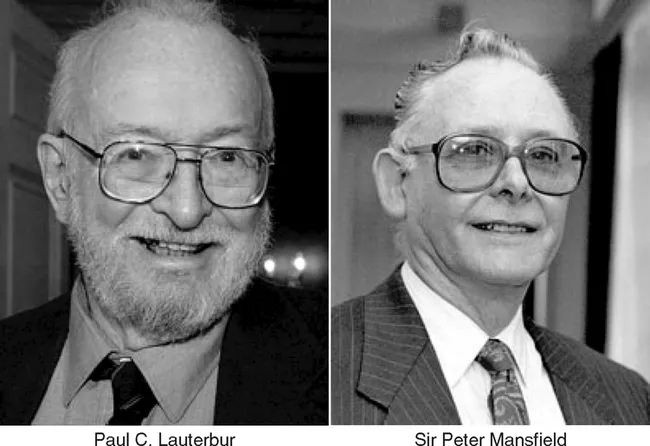ADVANCES IN MRI
Once a technology is accepted into clinical practice, it is inevitable that the demands of clinical specialties stimulate the evolution of the technology and the extension of its functionality to new applications (Jackson, 2001). For instance, interest in functional imaging led to developments such as higher gradients, allowing rapid and repetitive image acquisition with high spatial and temporal resolution. Echo planar imaging (EPI) was found useful for expanding the capabilities of MRI in the routine acquisition of T2-weighted images (Heiland et al., 1998; Pierpaoli et al., 1996; Warach et al., 1995) and allowing formerly time-consuming sequences such as fat- (STIR, short tau inversion recovery) and fluid-suppressed sequences (FLAIR, fluid attenuated inversion recovery) to become practical in the clinical setting (Bydder and Young, 1985; De Coene et al., 1992). FLAIR images have substantially improved the diagnostic yield in diseases such as stroke and multiple sclerosis, where chronic vascular lesions and foci of demyelination are in close proximity to cerebrospinal fluid (CSF) spaces (Hajnal et al., 1992). Other examples of technical progress stimulated by clinical needs include magnetic resonance angiography (Brant-Zawadzki and Heiserman, 1997; Fujita et al., 1994; Johnson et al., 1994) and magnetization transfer imaging (Haehnel et al., 2000; Knauth et al., 1996; Kurki et al., 1994).
Two techniques that have received much attention in the last 15 years are diffusion- and perfusion-weighted imaging (DWI and PWI) (Heiland et al., 1997; Moseley et al., 1991; Ostergaard et al., 1996; Warach et al., 1992). The phenomenon of indirectly measuring brownian molecular motion of water with DWI was first described in 1965 (Stejskal and Tanner, 1965). The measurement of water diffusion renders pathophysiological tissue information, especially in ischemic, inflammatory, and neoplastic disease, that cannot be obtained with standard MRI sequences (Le Bihan et al., 1986; Le Bihan et al., 1992). In addition to the qualitative measurements of diffusion, the apparent diffusion coefficient (ADC) can be quantified from measurements at different b-values (Tanner and Stejskal, 1968) on a per pixel basis, within a region of interest, or to generate ADC parameter maps. For structures, such as nerve fibers or tracts, that have a predominant direction in space, the ADC depends on the direction of the diffusion gradient. Whereas water diffusion is only mildly impaired in the longitudinal direction, water diffusion in a perpendicular direction to the main axis is decreased (Basser and Pierpaoli, 1996); this is referred to as anisotropy. In the brain, anisotropy is most pronounced in the white matter, especially in densely packed fiber structures such as the corpus callosum and the corona radiata. The effects of anisotropy can be used to obtain information of the regional fascicular or fiber tract anatomy, which may be helpful for neurosurgical procedures. The expansion of these principles has led to the development of diffusion tensor imaging, which has been used to characterize myelination and demyelination (Le Bihan et al., 2001; Neil et al., 1998; Ono et al., 1995; Pierpaoli et al., 1996).
PWI uses a dynamic bolus (paramagnetic contrast) tracking technique to derive concentration time curves, allowing the qualitative assessment of various hemodynamic parameters relative to areas of normal parenchyma (Rosen et al., 1989, 1990; Villringer et al., 1988). Typical parameters are mean transit time (MTT), cerebral blood volume (CBV), cerebral blood flow, and time to peak (TTP). The actual quantification of hemodynamic information has been limited by postprocessing capabilities and methods of calculating the arterial input function. Nevertheless, areas of relative hypoperfusion can be reliably demonstrated by current methods, which is of special relevance in ischemic stroke (Schlaug et al., 1999). Other applications, such as functional imaging with the BOLD (blood oxygen level dependence) technique and spectroscopic imaging, exceed the scope of this chapter. It suffices to say that substantial technical and programming refinements have supplied neuroscience with a comprehensive diagnostic armament to guide our daily clinical practice. The growing interest in neurology for physiological data, the development of new treatment paradigms, and the definition of parameters that predict disease course will cont...

